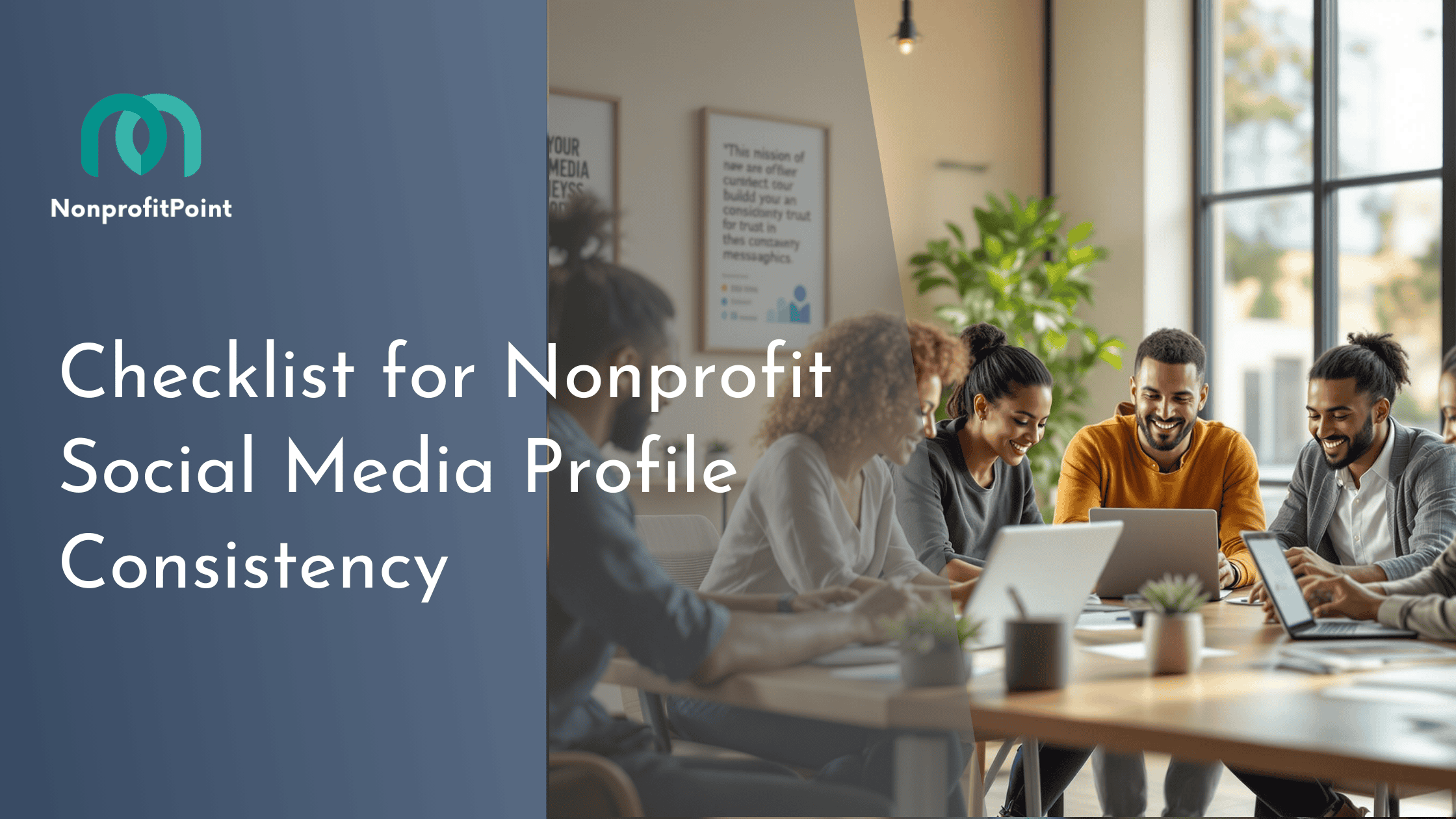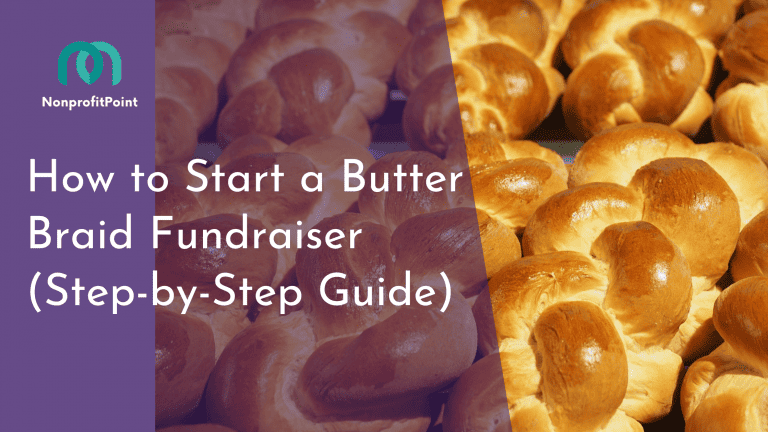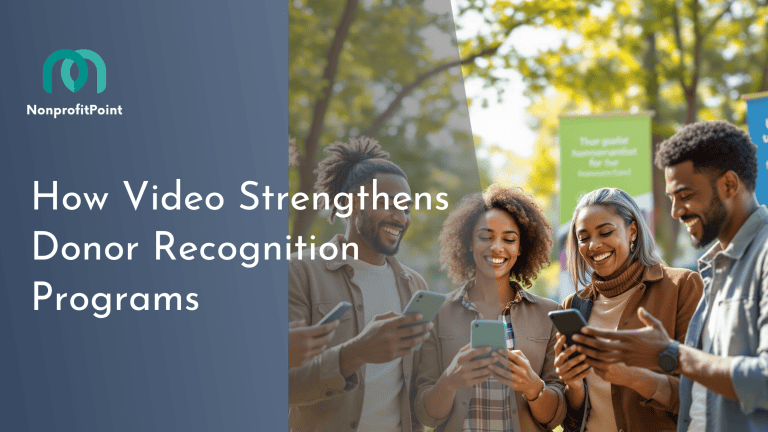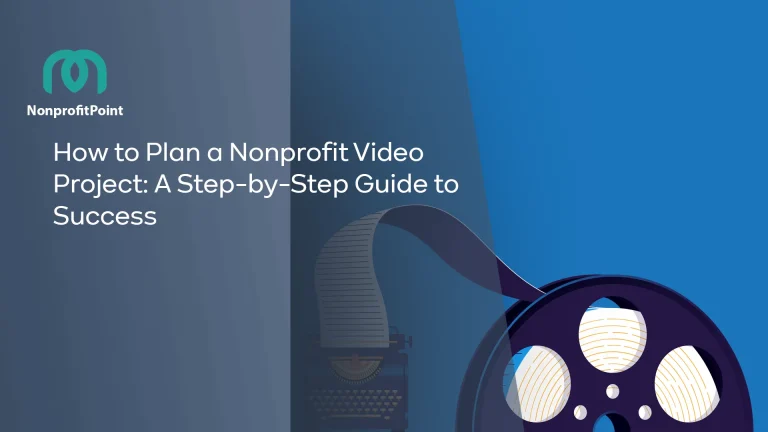Checklist for Nonprofit Social Media Profile Consistency
Nonprofits need consistent social media profiles to build trust, communicate their mission clearly, and connect with supporters. A unified presence ensures professionalism and avoids confusing your audience. Here’s how to keep your profiles aligned across platforms:
- Accurate Information: Use the same name, contact details, and mission statement everywhere.
- Visual Branding: Stick to your logo, colors, fonts, and image style.
- Unified Bios: Write a clear, adaptable bio for all platforms with your mission and call to action.
- Hashtags: Develop a list of core hashtags for your campaigns and causes.
- Pinned Posts: Highlight key updates to maintain relevance.
Regular audits and the right tools (like Canva and Hootsuite) can simplify this process. Consistency strengthens your nonprofit’s identity and keeps donor support strong. Start with a social media audit to ensure your profiles reflect your goals and mission.
Social Media for Nonprofits: 6 Essential Strategies for Success
What Makes a Social Media Profile Consistent?
Creating a consistent social media presence involves aligning key elements to present a unified and professional brand image. Here’s what nonprofits should focus on to keep their profiles cohesive across platforms.
Keep Profile Information Accurate and Updated
Make sure core details are the same across all profiles:
- Organization name: Use the exact spelling and formatting.
- Contact information: Include email, phone, or other preferred methods.
- Website URL: Ensure it’s correct and functional.
- Mission statement: Clearly state your purpose.
- Operating hours: Add if applicable.
- Physical address: Include if relevant.
Set a schedule to review and update this information every quarter.
Use Consistent Visual Branding
Visual elements are key to reinforcing your nonprofit’s identity and building trust. Keep these consistent everywhere:
| Visual Element | Guidelines for Consistency |
|---|---|
| Logo | Use the same high-resolution version, properly sized. |
| Color Palette | Stick to your official brand colors for all visuals. |
| Fonts | Follow your typography guidelines. |
| Image Style | Use a similar style and filters for photos. |
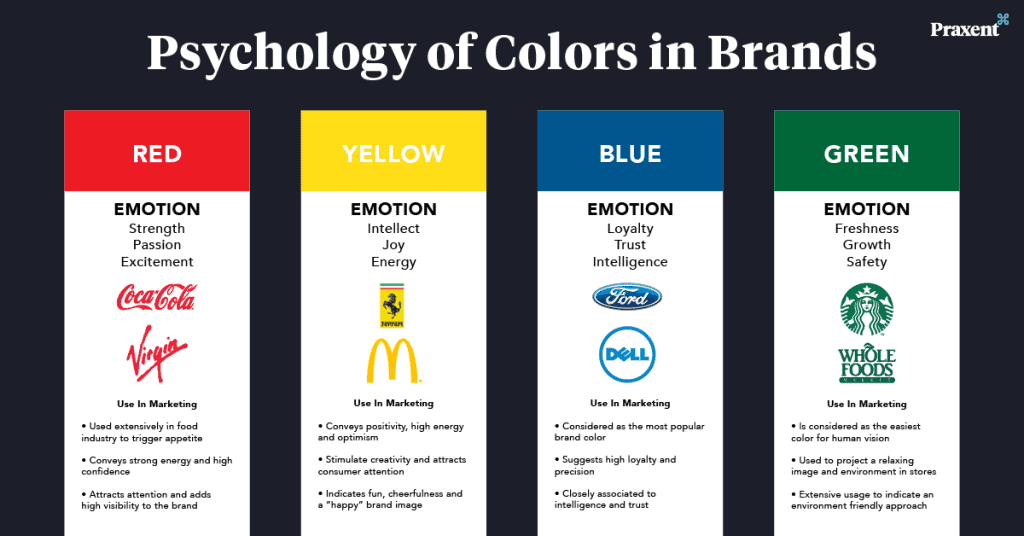
Match Bios and About Sections
Write a core bio and tweak it slightly for each platform’s requirements. Include:
- Your mission and purpose.
- The audience or communities you serve.
- Key programs or services.
- A clear call to action.
Standardize Hashtags and Keywords
A well-thought-out hashtag strategy boosts visibility and strengthens your brand identity. Create a master list of hashtags for:
- Your organization’s name.
- Main programs or initiatives.
- Core causes you support.
- Campaign themes.
- Relevant industry terms.
For example, an environmental nonprofit might use hashtags like #GoGreen or #Sustainability to unify messaging and improve searchability [1]. Add these hashtags to your bio sections (if the platform allows) for better discoverability. Keep a shared document of approved hashtags and keywords so your team stays consistent when posting [3].
Tips to Keep Social Media Profiles Consistent
Keeping your social media profiles consistent requires a clear plan that balances your brand’s identity with engaging, varied content. Here are some practical ways to maintain a cohesive and effective presence.
Use Pinned Posts to Highlight Key Updates
Pinned posts are a great way to make sure visitors see your most important updates first. Regularly refresh these posts to keep them current and aligned with your goals. For example, the It Gets Better Project uses pinned posts effectively to showcase timely campaigns and updates that support their mission [1].
Diversify Your Content
A mix of content types can keep your audience interested while staying true to your brand. Share impact stories, behind-the-scenes glimpses, educational posts, campaign updates, and community features. Each piece should align with your visual style and messaging. This variety not only keeps followers engaged but also reinforces your nonprofit’s voice.
Collaborate with Professionals
If managing social media feels overwhelming, consider partnering with content experts. Teams like Happy Productions can help improve the quality and consistency of your posts. Just make sure to share your brand guidelines so the content stays aligned with your established identity.
Schedule a free consultation with nonprofit video expert
At Happy Productions, we help nonprofits use video to create volunteer spotlights.
Schedule Free ConsultationHow to Audit Your Social Media Profiles
Once you’ve implemented strategies to keep your messaging consistent, it’s important to regularly audit your social media profiles. This helps ensure your nonprofit stays on track and communicates effectively across all platforms.
Use a Template to Review Profiles
Kick off your audit with a clear and organized template. This will help you assess all active accounts by focusing on critical areas like profile details, visual elements, content quality, and calls-to-action. Using a structured approach ensures you don’t miss anything important.
Check Engagement and Performance Data
Dive into your engagement metrics to see what content connects best with your audience. This data helps you fine-tune your strategy and focus on what works. Pay attention to metrics that reflect your nonprofit’s mission and objectives.
Match Profiles to Your Nonprofit’s Goals
Each platform should serve a specific purpose. For example, Facebook might be ideal for fundraising, Instagram for sharing stories, LinkedIn for professional connections, and Twitter for quick updates. Use monitoring tools to keep track of your accounts and quickly spot any unauthorized ones [2]. Pursuing account verification can also enhance trust and credibility [2].
Here are some steps to guide your audit:
- Ensure profiles align with your current mission and goals.
- Examine engagement data to adjust your approach.
- Check for consistent messaging across all platforms.
- Note areas that need improvement.
- Plan regular follow-up audits to stay on top of changes.
Tools and Resources to Simplify Social Media Management
Managing multiple social media profiles can be overwhelming, but the right tools can help nonprofits handle branding, scheduling, and performance tracking more efficiently.
Social Media Tools for Nonprofits
Content Creation and Design
- Canva: Create visually appealing, branded designs and templates for cohesive profiles [2].
- Hootsuite: Schedule posts, manage multiple accounts, and monitor engagement to stay on track [2][4].
- Asana: Organize workflows, tasks, and calendars to keep messaging aligned [4].
These tools allow nonprofits to maintain consistent branding and integrate seamlessly with CRM and fundraising platforms, simplifying workflows [2].
Free Social Media Training for Nonprofits
“Through compelling video content and storytelling, nonprofits can move beyond transactional giving and foster long-term relationships that withstand the test of time”, says Happy Productions, which provides a free social media course for nonprofits [Happy Productions].
Happy Productions’ course covers essential topics like content creation, scheduling, fundraising strategies, and real-world case studies. It’s a valuable resource for organizations looking to maximize their social media impact.
When selecting tools and training, focus on features that address your nonprofit’s needs:
- Scheduling platforms: Keep your posting schedule consistent.
- Analytics tools: Measure engagement and performance.
- Branding resources: Ensure messaging stays unified across platforms.
- Collaboration tools: Help your team work together effectively [2][4].
Conclusion: Steps to Build a Consistent Social Media Presence
Creating a steady and recognizable social media presence requires nonprofits to focus on practical actions that align their profiles and messaging with their mission.
Start with a Thorough Audit
Use a structured template to review your profiles, ensuring they align with your nonprofit’s objectives and messaging [2][3].
Maintain Visual Uniformity
Make your nonprofit instantly recognizable by using consistent branding across platforms. This includes logos, color schemes, and other design elements that reflect your organization’s identity.
Leverage Platform-Specific Features
Take advantage of each platform’s unique tools to display your content effectively. This helps boost visibility and engagement [1][2].
Track Progress and Keep Profiles Updated
Measure performance by monitoring metrics like engagement, reach, and follower growth. Make it a habit to update contact information, share accomplishments, and promote upcoming events or campaigns to keep your profiles current.
Consistency doesn’t mean stagnation – it’s about evolving while staying true to your core identity. Conduct quarterly reviews of your social media profiles to ensure they continue to align with your goals and resonate with your audience [3].
FAQs
What is a social media audit example?
A social media audit helps nonprofits ensure their profiles are consistent and effective. For instance, you might find that your Twitter bio sends a different message than your Instagram profile, which could confuse your supporters [2][3].
An audit typically looks at:
- Profile details: Are they complete and accurate?
- Visual branding: Is it consistent across platforms?
- Content performance: How well is your content doing?
- Audience engagement: What patterns can you spot?
You can use a simple checklist to review:
- Mission statements and program descriptions
- Contact details and website links
- Logo placement and size
- Engagement rates and follower growth
- Performance of different content types
